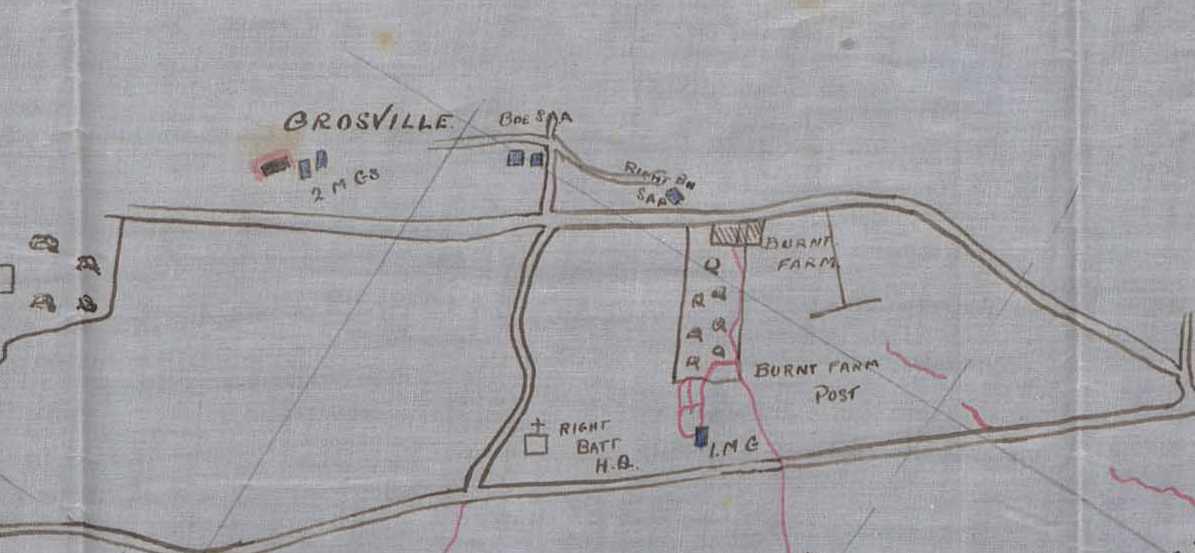

A recent purchase that I am very happy with because I believe the recipient – 118815 Pte Harry Watson – has a special tale to tell in the story of the 1/6th Battalion, The Sherwood Foresters.
Harry was issued the Regimental Number of 118815, which were numbers issued to conscripted men posted to the 3rd/4th and 5th/7th (Reserve) Battalions for training in early summer 1918.
The 118*** Series of Regimental Numbers
From studying surviving service records we can draw some broad conclusions:-
Men numbered between 118044 (Pte William Walters) and 118239 (Pte Sidney Nunn) were posted to the 3rd or 4th Battalions between 25th and 29th May 1918. Following training these men arrived in France in Sept/Oct 1918.
Men numbered between 118272 (Pte Charles Leedel) and 118287 (Pte Street) were posted to the 5th Reserve Battalion at Saltfleet on the 28th and 29th May 1918. Following training these men arrived in France in Sept/Oct 1918.
Men numbered between 118431 (Pte Hartwell) and 118547 (Pte Walker) were posted to the 3rd Battalion at Sunderland between on the 12th and 13th June 1918. Following training these men arrived in France on 4th Oct 1918.
Men numbered between 118785 (Pte McLocklin) and 118889 (Pte Hand) were posted to the 5th and 7th Reserve Battalions at Saltfleet between 18th and 20th June 1918. Following training these men arrived in France in mid Oct 1918.

From his service number of 118215 we can surmise that Harry Watson was posted to either the 5th or 7th Reserve Battalions in mid June 1918 and was highly likely to have arrived in France and posted to the 1/6th Battalion in October 1918.
And why is that important?……..It would make Harry one of the last reinforcements to join the 1/6th Battalion, most likely to replace losses following the storming of the Hindenburg Line.
Note: On the medal roll there is no longer a distinction between the 1/6th and 2/6th Battalions, the latter of which had been finally disbanded on 31st July 1918.




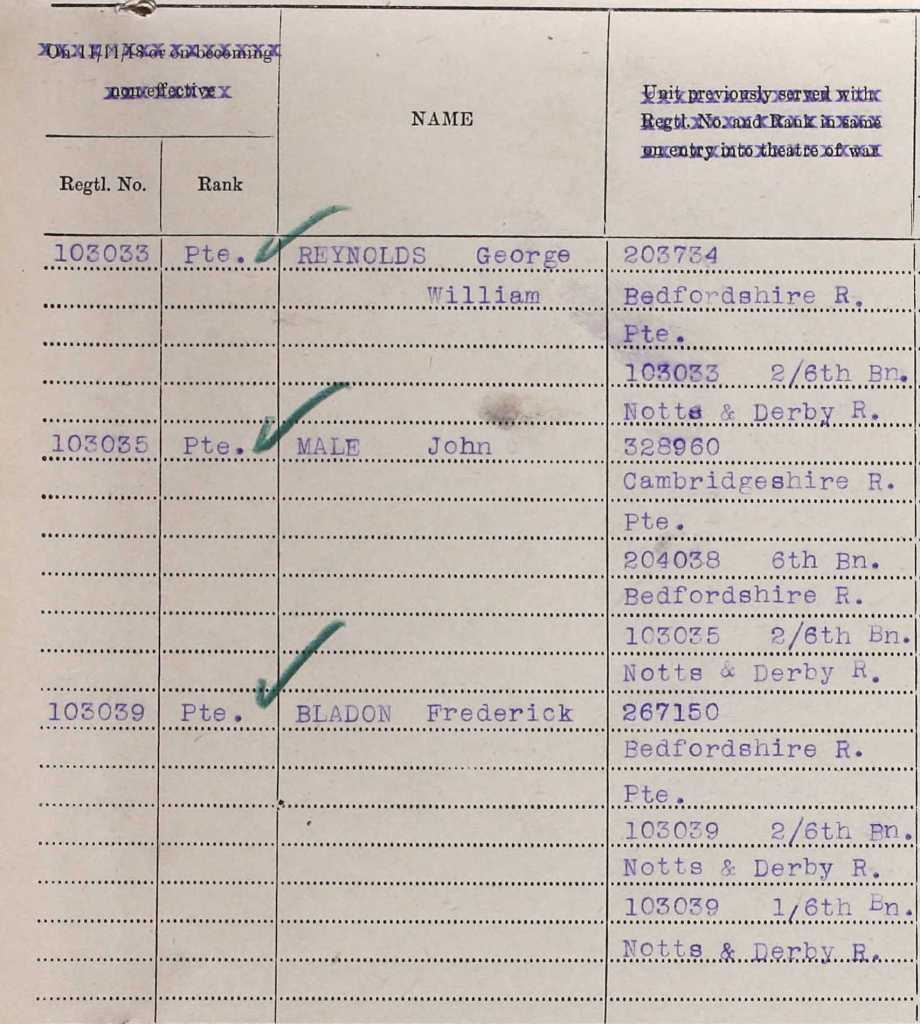


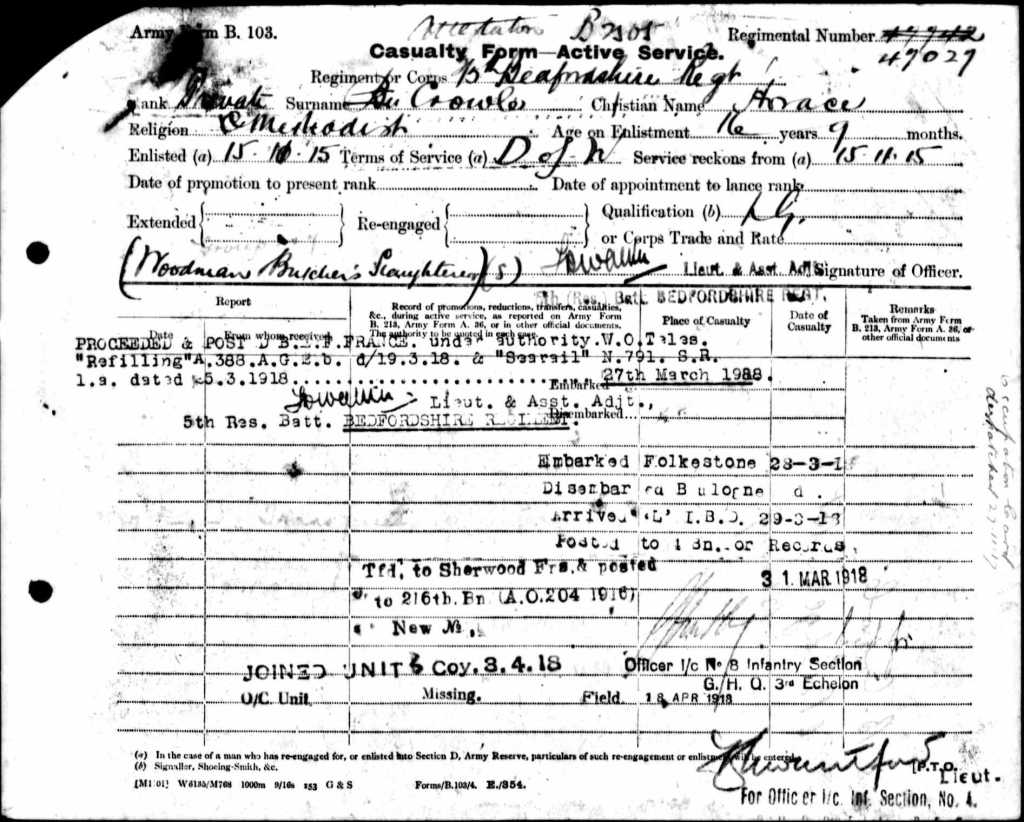


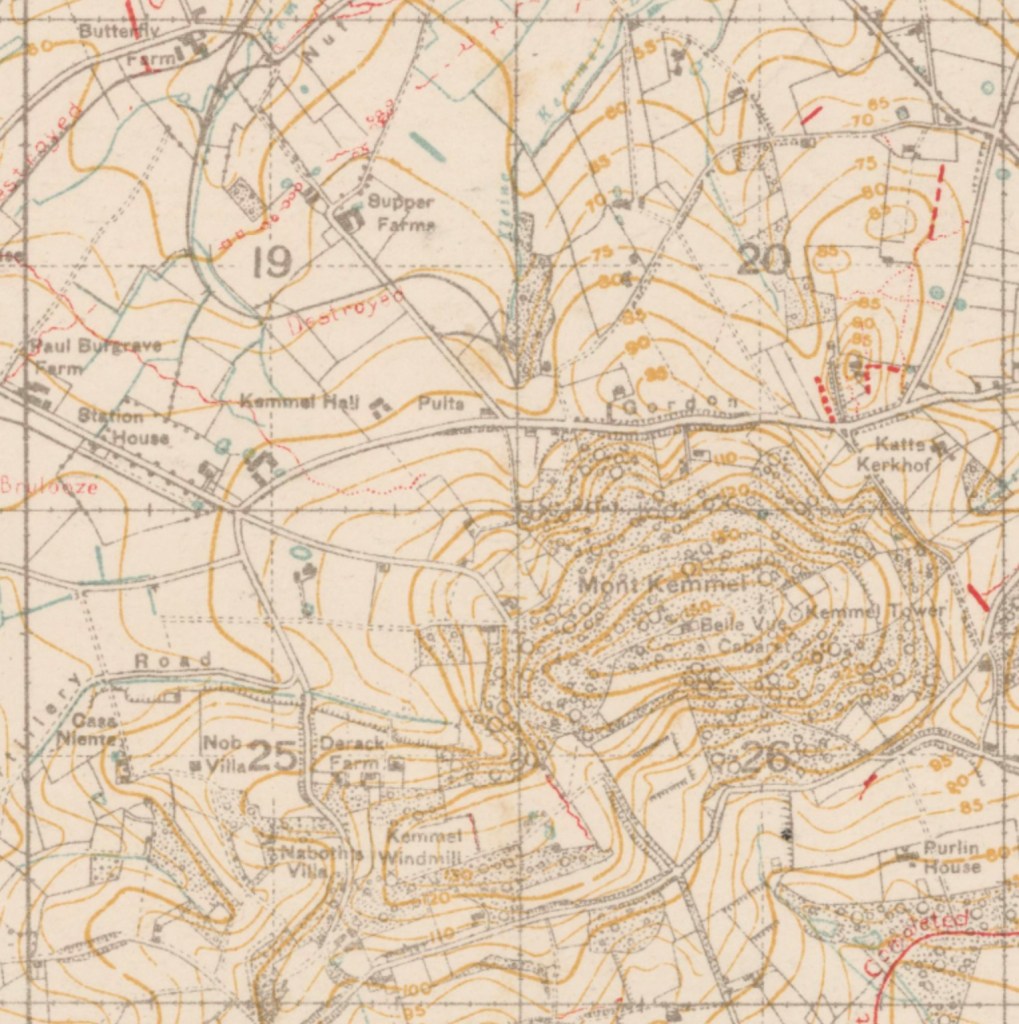

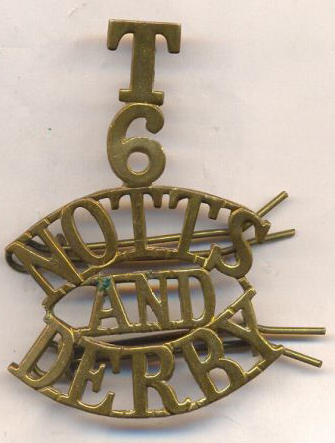
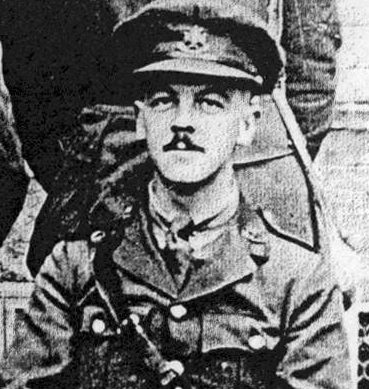








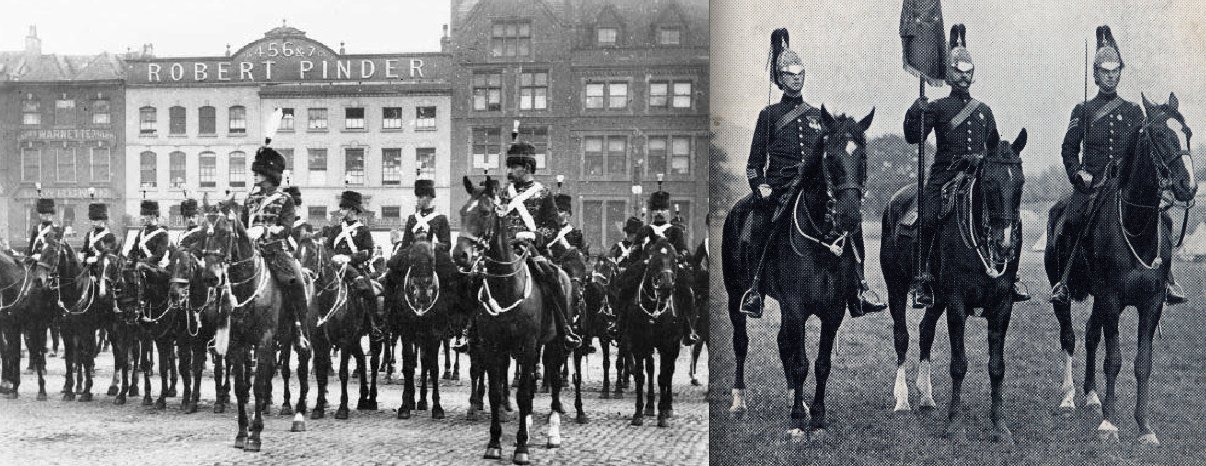 This Reinforcement comprised many men from the South Nottinghamshire Hussars (left) and Derbyshire Yeomanry (right).
This Reinforcement comprised many men from the South Nottinghamshire Hussars (left) and Derbyshire Yeomanry (right).



